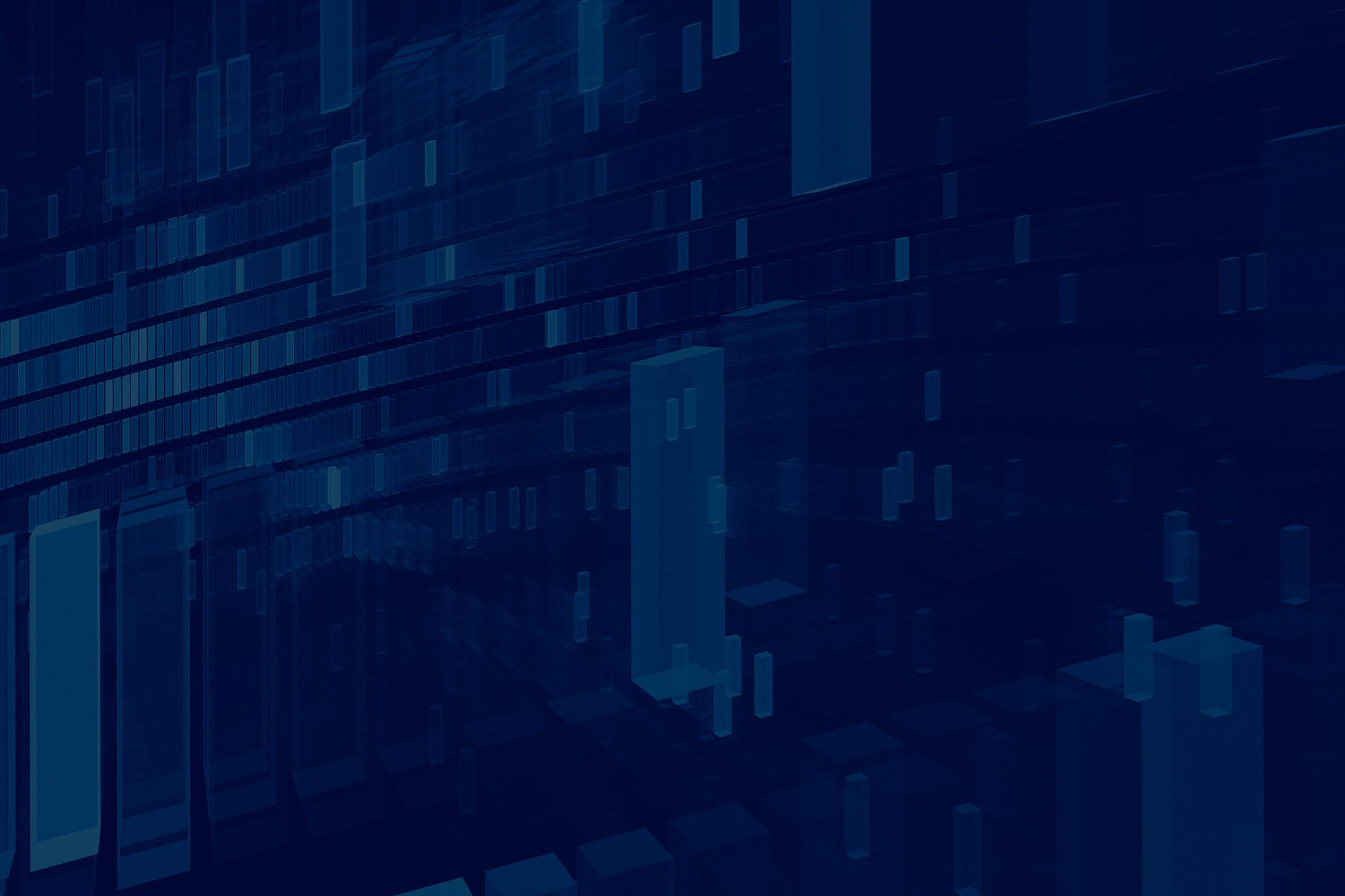
by Armen Gharibian
Practice Leader – Desktop & Applications
On January 14, 2020, less than one year from today, Windows 7 will officially reach end of life. On this date, Microsoft will cease to provide bug fixes, security updates, and technical support for any person or business still running Windows 7.
The migration to Windows 10 is not a simple upgrade; it brings with it an entirely new paradigm for delivering a desktop Operating System. Windows 10 takes a giant step forward in Microsoft’s long term goal to provide frequent feature updates to Windows at a pace similar to that of a mobile OS. To successfully plan, design, and roll out a Windows 10 desktop, the business must first digest and embrace this new cadence being set by Microsoft. The Windows 10 upgrade project is the starting point for an essential transition from the legacy model of Windows as a once-every-4-years project to the modern lifecycle of Windows as a Service (WaaS).
It is well known that desktop upgrade projects are already among the most complicated, disruptive, time-consuming, and risky projects for a business to undertake. End users will be bombarded with user interface changes, new features, and perhaps a new device to learn. Many existing applications will need to be upgraded or replaced to maintain compatibility with Windows and qualify for support from third party vendors. Extensive design and planning will be required to shape an appropriate desktop experience for delivery to the business. New security features will impact performance and productivity. Add to these typical disruptors the fundamental shift required for IT to adopt the Windows 10 service delivery model under the pressure of a looming deadline, and Windows 10 presents an extreme challenge.
For those still running Windows 7, it is paramount to begin planning for Windows 10 as soon as possible. The deadline may seem far off, but schedules are filling up quickly for the various service providers that will be needed to assist with this migration. Consultants, systems integrators, applications engineers, and trainers will become increasingly hard to find in the second half of 2019 as many businesses confront the reality of this deadline.
Helient is here to help. We have been performing migrations from Windows 7 to Windows 10 for several years, we have helped numerous companies adopt the Windows 10 servicing lifecycle, and we have already been through multiple upgrades from early releases of Windows 10 to the latest builds. We know what it takes to deliver a successful outcome and we offer a unique Graphical User Interface to guide the design and planning phase. We will ease the decision-making process and can guarantee a predictable and positive experience for IT and for the business.
Please contact Helient today to learn more about how we can help.


